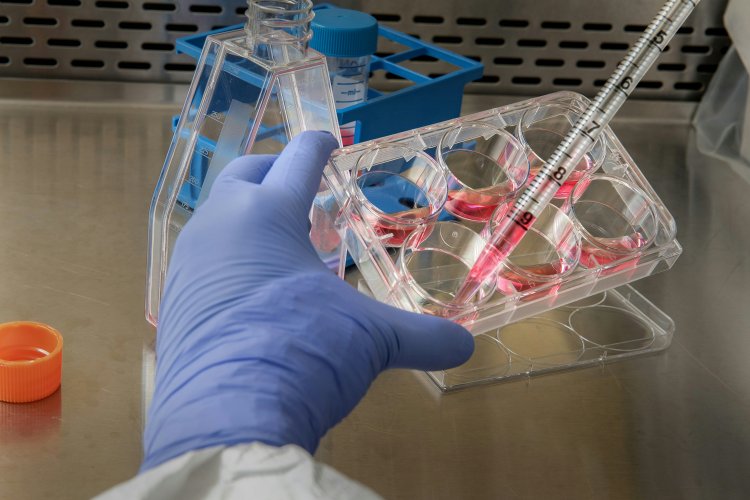NR2F2 Protein: An Essential Regulator of Gene Expression
Proteins are the building blocks of life, playing crucial roles in various biological processes.
Share this Post to earn Money ( Upto ₹100 per 1000 Views )

Proteins are the building blocks of life, playing crucial roles in various biological processes. One such protein that has garnered significant attention in recent years is NR2F2. Also known as the COUP-TFII protein, NR2F2 belongs to the nuclear receptor superfamily and functions as a transcription factor. In this blog, we will explore the structure, function, and importance of NR2F2 in cellular processes.
Structure of NR2F2
NR2F2 is a protein composed of multiple domains that are essential for its function. It possesses a DNA-binding domain that allows it to recognize and bind to specific DNA sequences in the promoter regions of target genes. This binding enables NR2F2 to regulate the expression of these genes. Additionally, NR2F2 contains a ligand-binding domain that enables it to interact with various signaling molecules and other proteins, further influencing gene expression and downstream biological processes.
Function of NR2F2
NR2F2 plays a critical role in various physiological processes throughout development and adulthood. During embryonic development, NR2F2 is involved in the formation and organogenesis of multiple tissues and organs. It regulates the differentiation and maturation of cardiovascular systems, including blood vessels and the heart, by controlling the expression of genes involved in angiogenesis and cell differentiation.
In adult organisms, NR2F2 continues to have significant roles in maintaining tissue homeostasis and function. It is a key regulator of metabolism, influencing glucose and lipid metabolism. Studies have shown that NR2F2 is essential in maintaining proper insulin sensitivity and glucose utilization. Dysfunction of NR2F2 has been associated with insulin resistance and metabolic disorders such as obesity and dyslipidemia.
NR2F2 in Disease
Given its involvement in numerous biological processes, it is not surprising that dysregulation of NR2F2 is associated with several diseases. In cancer, NR2F2 has been implicated in tumor progression and metastasis. Studies have shown altered expression of NR2F2 in various types of cancer, including breast, lung, and prostate cancer. NR2F2 promotes the growth and survival of cancer cells by influencing the expression of genes involved in cell proliferation and survival.
Furthermore, NR2F2 has also been linked to various neurological disorders. Research has revealed its involvement in neurodevelopmental disorders, including autism spectrum disorders and intellectual disabilities. NR2F2 participates in the regulation of brain development, and its dysfunction can disrupt normal brain function, leading to cognitive impairments.
Therapeutic Opportunities
The growing understanding of the important role NR2F2 plays in cellular processes and disease pathogenesis has opened up therapeutic opportunities. Targeting NR2F2 has the potential to be a valuable strategy for treating certain diseases. In cancer, inhibiting NR2F2 activity could hinder tumor growth and metastasis. Pharmaceutical companies have already begun developing small molecules that specifically target NR2F2 with the aim of developing novel cancer therapies.
Additionally, harnessing NR2F2's involvement in cellular reprogramming offers exciting possibilities for regenerative medicine. Cellular reprogramming involves converting one cell type into another, potentially allowing for the generation of patient-specific cells for transplantation or disease modeling. NR2F2 has been identified as a crucial factor in successful reprogramming, and further research may unveil its complete reprogramming potential.
Conclusion
NR2F2 is a fascinating protein that acts as a transcription factor, regulating gene expression and influencing various cellular processes. Its involvement in embryonic development, metabolism, cancer progression, and neurological disorders highlight its essential roles in human health and disease. Further research into NR2F2's mechanisms, interaction partners, and therapeutic potential will undoubtedly provide valuable insights and potentially pave the way for innovative treatments in multiple fields of medicine.















